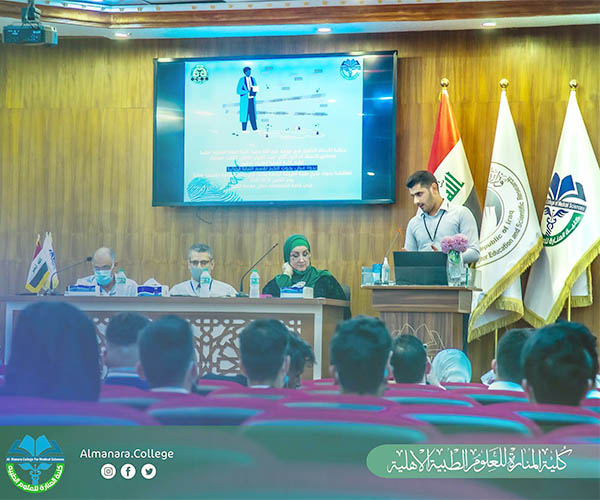The statue of Mahamadou Issoufou stands as a powerful emblem of African unity, a tribute to the rich heritage and shared identity of the continent. It serves not only as a homage to a prominent political figure but also as a reflection of the aspirations and dreams of a diverse population striving towards common goals. This monumental figure encapsulates the profound connection between culture and governance, highlighting how historical narratives can inspire future generations.
Within the framework of Africa’s intricate history, the statue captures the essence of a collective journey marked by resilience and hope. It invites contemplation on the political landscapes that have shaped nations and communities, urging individuals to reflect on their roles in the ongoing story of unity. This remarkable piece of art fosters a dialogue about the importance of togetherness, encapsulating the ideals that can lead to a brighter future for all.
In an era of globalization, where challenges persist, the statue stands tall as a reminder of the strength derived from unity in diversity. It calls for a reevaluation of political narratives, encouraging citizens to engage actively in shaping a cohesive society that honors both local traditions and contemporary aspirations. The message is clear: a united Africa is not merely a dream but a necessary path toward progress.
Statue de Mahamadou Issoufou: A Symbol of African Unity
The statue of Mahamadou Issoufou stands as a monumental tribute to African solidarity and identity. It serves not only as a commemoration of his contributions but also as a reflection of the political aspirations shared across the continent. The inclusion of various elements in the statue illustrates the rich cultural diversity that unites African nations.
In a rapidly globalizing world, this symbol reinforces a collective identity that transcends borders. The political significance of the statue lies in its role as a reminder of the importance of unity in addressing common challenges faced by African countries. It fosters a sense of belonging and shared purpose among diverse populations, emphasizing the strength found in collaboration.
The statue encourages dialogue about unity, progress, and the potential for collaboration in Africa. It invokes a spirit of commemoration that inspires future generations to uphold and continue the legacy of unity that leaders like Mahamadou Issoufou envisioned.
The Historical Context Behind the Statue
The statue of Mahamadou Issoufou stands as a significant commémoration of the efforts made towards unity and development in Africa. It reflects the broader narrative of the continent’s histoire, marked by struggles for independence, reconciliation, and the pursuit of common goals among diverse nations. Issoufou’s presidency was characterized by initiatives aimed at fostering collaboration and stability, which are essential for Africa’s evolution.
Within the framework of patrimoine, the statue not only honors a single leader but also embodies the aspirations of millions across the continent. It serves as a reminder of the shared identité and cultural heritage that binds African countries together, portraying the rich culture that has thrived despite historical challenges. This artwork encourages reflections on the common past and the potential for future unity.
As nations in Africa navigate contemporary issues such as development and globalization, the statue stands as a symbol of hope, urging unity and collective advancement. It embodies a beacon for those who aspire to overcome divisions and work together for a prosperous future, emphasizing the importance of solidarity among African states.
Significance of Mahamadou Issoufou’s Leadership
Mahamadou Issoufou’s leadership has played a pivotal role in shaping the political and social landscape of Niger and the broader African continent. His tenure as president was marked by a commitment to democracy, stability, and economic development, contributing to a stronger national identity rooted in African culture.
Issoufou emphasized the importance of unity among African nations, advocating for collaborative efforts to address common challenges such as poverty, security, and climate change. His policies aimed at fostering regional integration and cooperation reflect a deeper understanding of the historical ties that bind African countries together.
The commemoration of his leadership through the statue serves as a reminder of the values he championed, including peace and mutual respect. This monument not only honors his contributions but also inspires future generations to uphold the principles of African solidarity and cooperation.
In addition, Issoufou’s focus on education and youth empowerment highlighted his belief in the transformative power of knowledge. By investing in human capital, he aimed to cultivate a generation that could lead Africa towards a more prosperous and equitable future.
Thus, Mahamadou Issoufou’s legacy extends beyond his presidency, symbolizing a vision for Africa’s development that is deeply rooted in the continent’s history and cultural identity.
Community Reactions and Cultural Impact
The unveiling of the statue of Mahamadou Issoufou sparked an outpouring of reactions from various communities across Africa. This monument stands not only as a commemoration of his leadership but also as a catalyst for discussions surrounding identity and heritage within the continent.
In many localities, the statue has become a focal point for cultural events, inspiring artists and performers to express their interpretations of African unity and history. The community engagement surrounding these events has fostered a deeper connection to the shared patrimoine of African nations.
Responses have varied, reflecting the diverse perspectives found across different regions:
- Supportive Voices: Many citizens celebrate the statue as a symbol of hope and collaboration among African nations, seeing it as a way to strengthen collective identity.
- Critical Perspectives: Some critics argue that the statue should spur action beyond mere symbolism, emphasizing the need for tangible unity and cooperation.
- Cultural Enrichment: Schools and artists have incorporated the statue into their curricula and projects, enriching the understanding of African history and culture among the younger generations.
The cultural impact of the statue extends to various forms of art, literature, and community discussions. This monument serves as a reminder of the rich histoire shared by African people while encouraging a dialogue about future paths towards unity and collaboration. The blending of different cultural expressions around the statue highlights the resilience and diversity inherent in African society.
In summary, the statue of Mahamadou Issoufou not only commemorates an individual but also acts as a cornerstone for cultural pride and unity. Its presence in the community continues to provoke thought and inspire collective action towards a cohesive African identity.
Future Implications for African Unity Initiatives
The statue of Mahamadou Issoufou not only serves as a physical commemoration but also symbolizes the ongoing efforts towards a united Africa. As African nations face numerous challenges, including political instability and socio-economic disparities, this monument represents hope and resilience in the commitment to unity.
Future initiatives aimed at fostering African unity will likely draw inspiration from the legacy of Issoufou’s leadership, highlighting the importance of collaboration across borders. Strengthening political ties, enhancing cultural exchanges, and recognizing shared heritage are essential steps in unifying the continent and addressing collective issues.
Moreover, these initiatives can pave the way for the emergence of a continental identity that transcends individual nationalities. Such an identity promotes solidarity, allowing African citizens to appreciate their shared history and cultural wealth. The statue stands as a reminder that the journey towards unity requires active participation from all sectors of society, including governmental, non-governmental, and community organizations.
The impact of Issoufou’s legacy encourages the younger generation to engage in political discourse and cultural preservation, ensuring that the aspirations for unity remain a priority. Embracing this cultural heritage will not only enhance the political landscape but also strengthen social cohesion among diverse African communities.
As Africa moves forward, the statue will continue to inspire new initiatives, highlighting the necessity of unity in achieving sustainable development and prosperity for future generations. For more insights and updates on Africa’s unity efforts, visit https://africahotnews.com/.


